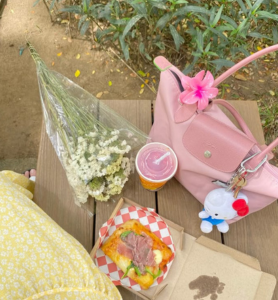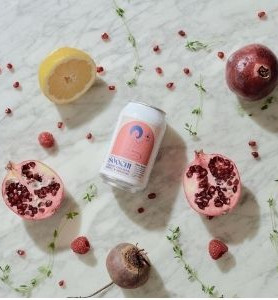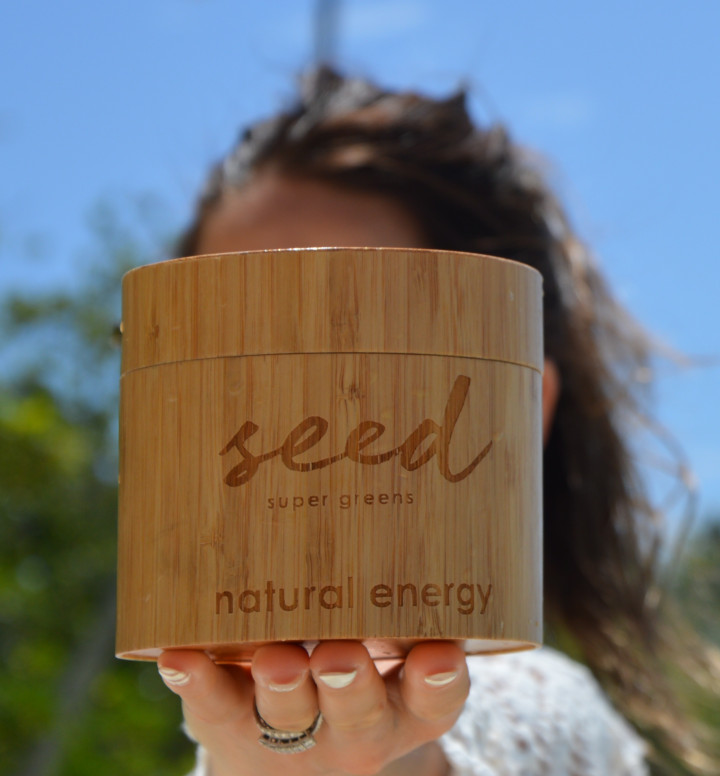A chat with Steinlager Pure sensation & free diving legend William Trubridge
Captivated by the Steinlager Pure ad that’s recently been washing across our screens, we had to know more about William Trubridge, what free diving is all about, what he’s thinking when he descends into those unfathomable watery depths and what’s actually down there.
Watch the ad, then read our interview below. We've also got a video from behind the scenes further down! Click here for more information on the Steinlager Pure Born to Defy campaign.
[video src="https://www.youtube.com/watch?v=hpbA-0hATeo" size="auto"]
Hey William, where are you answering these questions from?
My home on Long Island, in the Bahamas.
What have you been up to recently?
I just returned from a month of teaching in Europe, and before that I was in Honduras for the annual Caribbean Cup Competition, on the island of Roatan. I just had a lap pool installed in my backyard here in the Bahamas so I can conduct my base training as well as depth training in the same location, which is exciting.
Were you in the water a lot as a child living in New Zealand?
I was born in the UK, but my family left there on a sailing boat when I was still a little grub. So the first years of my life were actually spent living on the water, and even after we arrived in New Zealand, we carried on living on the boat until I was 10. Once we sold the boat, we moved to Hawkes Bay, but weekend trips to the beach or river were still the norm, and water was always a big part of my life.
Where did your passion for free diving come from?
As kids, my brother and I used to compete to see who could snorkel the deepest, and we had so much time and energy to burn we ended up getting fairly deep for eight- to 10-year-olds, about 15m. But other than the movie The Big Blue, we were never exposed to freediving, and I didn’t even find out it was a sport until I was 21.
Living in the Bahamas, you must get out into the water all the time. What other water sports do you enjoy?
I sometimes go spearfishing to collect seafood from sustainable species, but I’m eating a more and more plant-based diet, so this has become less frequent. Taking film and photos in the water is a lot of fun, and I sometimes windsurf, kayak, sail or just go for a splash at the beach!
How often are you in the water training?
I train four to six hours a day, but some of this is out of the water. In-water time is limited to two to three hours, since it’s very easy to over-train or dehydrate by spending too much time in the water.
What does a typical day look like for you?
At the moment I’m doing pre-breakfast yoga and exhale breath holds, then a long pool or depth session before lunch. In the afternoon I relax and catch up on emails, then I may do a light evening session, go to dinner with friends or watch a movie.
The water is like another world. What’s the most exciting thing you’ve seen while free diving?
Swimming with wild dolphins is probably one of the most exciting things. A few years ago, after the Project Hector world record dive to 100 metres, which was done in part to raise awareness of the plight of New Zealand’s dolphins (Hector’s and Maui’s), I went to the Akaroa peninsula to swim with the dolphins, and that was an incredible experience. They are so small and beautiful and it’s heartbreaking the current government is so apathetic about their demise.
Favourite places to free dive and why?
Dean’s Blue Hole, where I train here in the Bahamas, is the most ideal for freediving. Roatan, Honduras and the Poor Knights in New Zealand are amazing examples of the power of marine parks to repopulate entire areas, and show us just how much sea life should be living in any particular area.
The sea is both a calming and scary place. What does it feel like to be so alone underwater, relying solely on your body and mind?
Personally I find it only calming, but I can see how it could be scary to someone who’s unfamiliar with it. Although you’re completely alone and forced to be 100% autonomous, it can be kind of a liberating and empowering experience. It teaches you to be more self-sufficient in day- to-day life also. The no-fins discipline is the epitome of this, as you don’t even have any equipment to rely on - just your own hands and feet.
There must be times where you think, ‘Should I go any further, is it time to turn around?’ How do you deal with these situations to ensure your safety?
I sometimes have doubts in the descent, but for the most part I let those thoughts pass by without paying them too much attention. You have to have faith in your own ability and in the fact you’ve effectively ‘programmed’ the dive into your subconscious mind, through huge amounts of repetition in training, and through visualisation. On the deepest dives the bottom plate is set to a specific depth as a target, and my Suunto depth gauge has alarms that let me know when I’m getting close to that depth. For the most part I just half-close my eyes, relax and let the water swallow me up...
[video src="https://www.youtube.com/watch?v=3U8Ra2QxHNw" size="auto"]
Interview by Isabella Van Heusden





